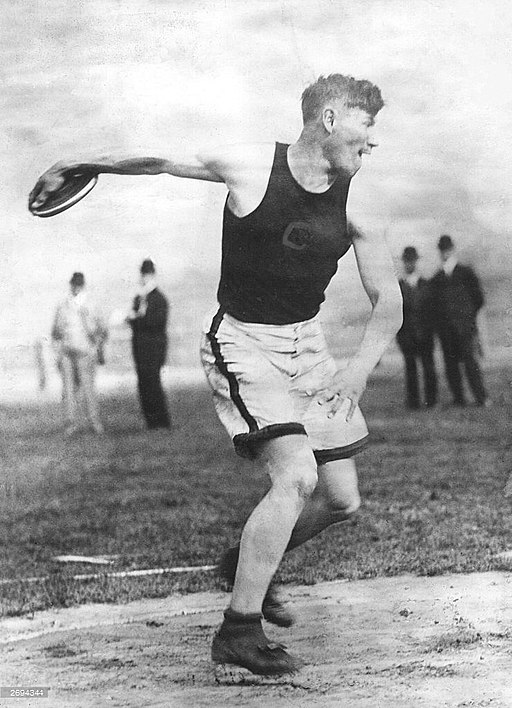There’s a photo of legendary athlete Jim Thorpe standing in a construction site for what would become the Los Angeles County Hospital. He is wearing work boots and gloves, his sleeves are rolled up, his hair is a bit disheveled, and he’s holding a shovel that he was using to help dig the foundation for the hospital.
The photo was taken in March 1931 when Thorpe was a couple of months shy of his 44th birthday. It had been almost 20 years since he had won two gold medals for the United States in the 1912 Summer Olympics, but only a few years since he had ended his Hall of Fame playing career in professional football.
Thorpe had moved to California to pursue an acting career, and the photo, which was circulated in newspapers across the country, spawned a rumor that he’d fallen on hard times and had resorted to digging ditches. The real story, as his youngest son Jack Thorpe would later tell, was that he was filling in for a friend who had worried that he would lose his job if he stayed home to take care of his ill wife.
The world primarily knew Thorpe as an athlete, but the story of the photo illustrates why those around him often referred to him as Akapamata – the Sac and Fox Nation’s word for “caregiver.” He became well-known in the Los Angeles area for helping Native Americans find jobs in the film industry, but also for selflessly stepping up to help others whenever and wherever they were in need.

One night in 1938, for instance, Thorpe got a call at two in the morning because a woman and her two children were huddled on the doorsteps of the Indian Center he had co-founded. He immediately drove the 11 miles from his home, raced up the building’s 100 steps, and found a near-starving family wearing nothing but torn flour sacks.
“Don’t worry,” he told them. “We will get you some food and medicine right away.”
And he did. They received immediate medical care and within a few days they had plenty of food, clothes, a place to live, and a job for the mother.
These are touching stories, but there’s also a deeper lesson about how we can and should love those we lead. I’ve found that many leadership teams are excellent when it comes to taking care of the business, but they aren’t akapamatas. They aren’t caregivers. And to compete in today’s environment, you have to be both – caretakers and caregivers.
A company I once led fell into the caretaker trap. We took care of the company by focusing on areas for growth, acquisition opportunities, revenues, profits, and a variety of other financial-focused metrics. But we rarely talked about our people outside of the context of their performance and compensation, which ultimately led to a whole host of problems internally. By shifting to a caregiver mentality, we were able to better serve the needs of our employees. It also helped us take even better care of the business.
It wasn’t enough, however, to just to adopt a different mentality. That mentality had to lead to actions that served the needs of our employees and our communities.
Those actions included policies, programs, and all sorts of best practices. I could list them, but I also can sum them up in one simple statement: See the need and respond to it. That’s what Thorpe did when he grabbed a shovel for his friend and when he helped a desperate mother and her kids. That’s the heart of an akapamata. If you love your business and you love your people, show it. Be a caregiver.
